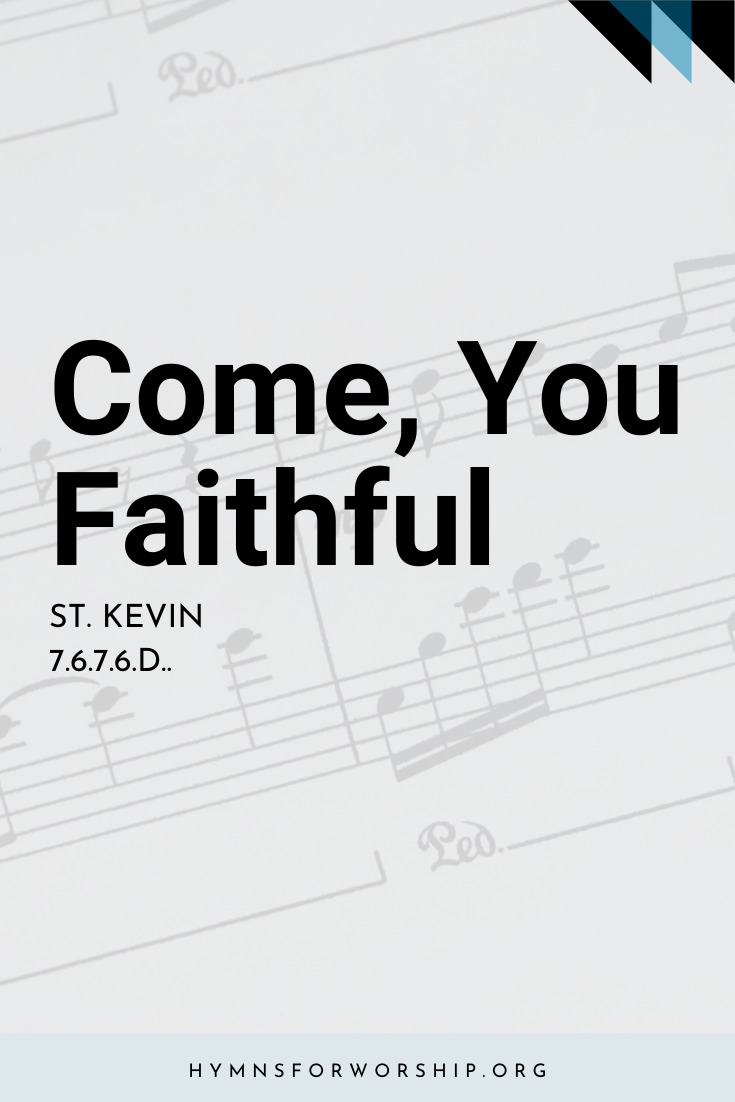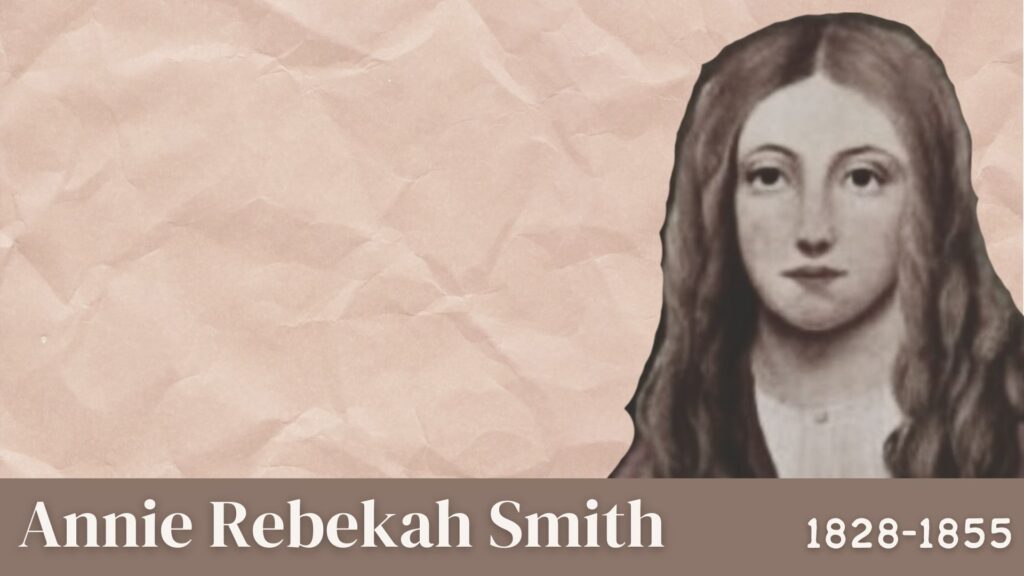JESUS CHRIST >> RESURRECTION & ASCENSION
SDAH 169
Come, you faithful, raise the strain
Of triumphant gladness;
God has brought His people
Now rejoice, Jerusalem,


Text
1
Come, you faithful, raise the strain
Of triumphant gladness;
God has brought His people
Now rejoice, Jerusalem,
And with true affection
Welcome in unwearied strains
Jesus’ resurrection.
2
‘Tis the spring of souls today;
Christ has burst His prison
From the frost and gloom of death
light and life have risen
All the winter of our sins,
Long and dark, is flying
From His light, to whom we give
Thanks and praise undying.
3
“Alleluia!” now we cry
to our King immortal,
Who, triumphant, burst the
bars of the tomb’s dark portal
“Alleluia!” with the Son,
God the Father praising;
“Alleluia!” yet again to
the Spirit raising.

Hymn Info
Biblical Reference
(a) John 20:20 (b) Acts 2:24 (c) Rev 19:6
Author
John of Damascus, 8th century
Translator
John M. Neale (1818-1866)
Year Published
1859
Hymn Tune
ST. KEVIN
Metrical Number
7.6.7.6.D.
Composer
Arthur Sullivan (1842-1900)
Year Composed
1872

Get the hymn sheet in other keys here
Notes
Get to know the hymns a little deeper with the SDA Hymnal Companion. Use our song leader’s notes to engage your congregation in singing with understanding. Even better, involve kids in learning this hymn with our homeschooling materials.
John of Damascus (c. 675-c. 749), a monk and choir leader at the monastery of Mar Saba near the Dead Sea, wrote a canon for the Sunday after Easter, St. Thomas’ Day or Low Sunday. The first ode of this canon was based on the deliverance of the people of God at the Red Sea as recorded in the Song of Moses, Exodus 15:13. The ode was written in the middle of the eighth century and translated from the Greek in 1859 by John Mason Neale (1818-1866; see Biographies).
The third stanza, which is in the nature of a doxology to the Trinity, was added by the compilers of Hymns Ancient and Modern, according to the then current custom.
The tune was composed especially for these words in 1872 by Arthur Seymour Sullivan. Its name, ST. KEVIN, so designated in the composer’s Hymn Tunes, 1902, commemorates a hermit who established a monastery in
the Vale of Glendalough, Ireland. The hermit died at the monastery about
A.D. 618, at the reputed age of 120.
Sullivan was born at Lambeth, London, on May 13, 1842, his father being an Irish bandmaster and teacher of music. He inherited a talent for music; by the time he was 8 years old he could play every wind instrument in his father’s band. In 1854 he was a chorister at the Chapel Royal; he won a scholarship at the Royal Academy of Music in 1856, taking first place above Joseph Barnby. This enabled him to study music on the continent. He spent more than two years in the conservatorium at Leipzig. His voice had now broken, so he studied piano, theory, composition, orchestration, and conducting. He returned to London in 1861. He was church organist at St. Michael’s, Chester Square, London, and a teacher of music, devoting much of his time to composition. In 1867 he became professor of composition at the Royal Academy, and was appointed musical editor of Church Hymns, composing most of his hymn tunes during the period 1867 to 1874. He was principal, from 1876 to 1882, of the National Training School of Music, which later became the Royal College of Music. For his services to music he received the honorary degree of D.Mus. from Cambridge in 1876 and from Oxford in 1879, and a knighthood from the queen in 1883. He is well remembered for his association with W. S. Gilbert and the light music of the Savoy operas, but he composed excellent oratorios, overtures, anthems, secular songs, and church and choral music. He died in Westminster, London, on November 22, 1900, and was buried in St. Paul’s Cathedral. His other tunes and an arrangement in SDAH are No. 568, LEOMIN-STER; No. 582, ST. EDMUND; and No. 612, ST. GERTRUDE.






